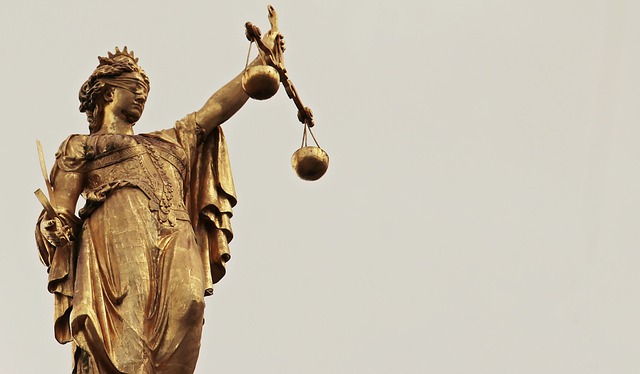
One of the cornerstones of the Indian constitution is federalism. The constitution illustrates an outline of governmental powers and functions between the various constituent units of the nation by moderating this force. There are essentially two levels of government in a federation, and the constitution guarantees the existence and power of each one.
For various reasons, the English colonial system of rule has a particularly negative impact on the Indian framework. The strategy that established the three primary pillars of democracy, the executive, judicial branch, and legislative branch, should be one of the effects of this.
doctrine of colourable legislation: About
- The legal principle known as the doctrine of colourable legislation pertains to circumstances in which a legislative body enacts a law that, although initially seeming to fall under its constitutional purview, actually seeks to accomplish an aim that is outside its purview.
- This doctrine is based on the notion that legislative powers have to be exercised within the boundaries set by the Constitution, and any effort to exceed those limits is considered colourable legislation. The Latin maxim “quando aliquid prohibetur ex directo, prohibetur et per obliquum” is the source of this doctrine.
doctrine of colourable legislation example
- The Doctrine of Colourable Legislation would apply, for example, if a state legislature passed a law restricting the sale of firearms and that law was contested as falling outside of the legislature’s constitutional authority.
doctrine of colourable legislation: Applicability
- The Court employs this doctrine to assess the legitimacy of the enactment of the contested legislation, looking at both its overt and covert aspects.
- The Court nullifies the law if it finds that the legislature violated any authority when it passed it.
doctrine of colourable legislation: Significance
- Through prompt judicial intervention, the doctrine of colourable legislation plays a critical role in preventing the abuse of the government’s legislative authority.
- This doctrine aids the judiciary in keeping the nation’s balance whenever any unauthorised government authority seeks to overthrow the others and gain greater power.
- The concept of “colourable legislation” grants the judiciary the authority to verify that legislation complies with its jurisdictional requirements. If the courts determine that they are unconstitutional, they also have the authority to overturn them.
- Other branches of government may be forced to follow the decisions made by the legislature if it gains dominance. This poses a significant risk to the idea of the separation of powers. This misuse of power by a single body is stopped by the concept of colourable legislation.
- It motivates lawmakers to take more careful action.
- By encouraging the goals and aspirations of the populace and reminding the government of its duties to the nation, it upholds the spirit of democracy.
doctrine of colourable legislation: Its Application
- According to the doctrine, the goal and consequences of the legislation must be objectively examined. Legislation may be considered colourable if its main goal is to accomplish something that is outside the legislative body’s constitutional authority.
- Legislation that is colourable is a form of subterfuge, an attempt to subtly accomplish a goal outside the scope of the constitution while formally adhering to its standards.
- If the doctrine is applied excessively, it could result in allegations of judicial overreach. In examining legislative intent, the courts have to tread carefully so as not to unduly impede the lawful exercise of legislative power.
doctrine of colourable legislation case laws
- The case of M.R. Balaji v The State of Mysore concerned the implementation of the Mysore Government’s order under Article 15(4) of the Constitution, which aimed to promote the social and educational advancement of its citizens who belonged to the social and educationally disadvantaged classes. According to the government’s directive, 32% of seats were set aside for the merit pool and 62% of seats were reserved in state-run medical and engineering colleges.
SC Held: According to the bench’s ruling, the defined reservation violates the constitutional authority granted to the State by Article 15(4) of the Indian Constitution.
- In the case of R.S Joshi v Ajit Mills, the Supreme Court noted that statements made in the statute of force, the extortionate use of administrative force, the colourable exercise of that force, and the misrepresentation of the constitution merely suggest that the assembly lacks the competence to approve a particular law, even though that law is later enacted in a colourable manner.
The Constitution distributed authority between the Parliament and state legislatures, in accordance with the general understanding of the doctrine of colourable legislation. The two legislatures are allowed to function freely within their respective domains of authority, but they are not allowed to openly or covertly cross each other’s lines. Consequently, legislation on a topic that impacts the issue outside of the legislative body’s jurisdiction cannot be passed by the legislative body. If so, the constitutionally granted powers will be strengthened by the application of the colourable legislation doctrine.
For any latest news, legal topics, judiciary exams notifications, patterns, etc watch Jyoti Judiciary’s YouTube channel for legal videos for any updates at https://youtube.com/@jyotijudiciarycoaching4852?si=2cwubh9d2A9urwJf










